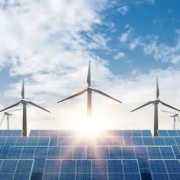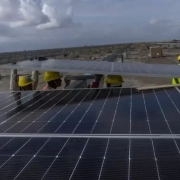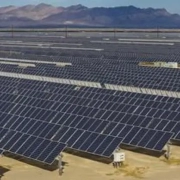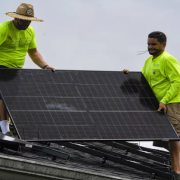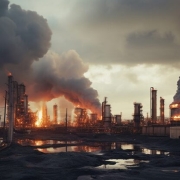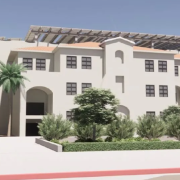The federal government will fund 17 projects across the U.S. to expand access to renewable energy on Native American reservations and in other rural areas, the Biden administration announced Tuesday.
The $366 million plan will pay for solar, battery storage and hydropower projects in sparsely populated regions where electricity can be costly and unreliable. The money comes from a $1 trillion infrastructure law President Joe Biden signed in 2021.
U.S. Energy Secretary Jennifer Granholm called the announcement “historic” at a clean energy tribal summit in Southern California that began Tuesday.
Click here to read the full article
Source: yahoo!finance
—
If you have any questions or thoughts about the topic, feel free to contact us here or leave a comment below.

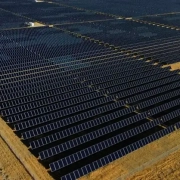
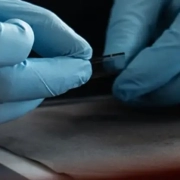
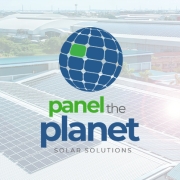 Panel The Planet
Panel The Planet